It is fascinating how some ruins still shine with their divine beauty, although they were almost completely destroyed a long time ago.
It is also fascinating how, in the past, such magnificent structures were strongly connected with the historical and cultural development of one region, nation or country.
Such buildings, even in their ruined phase, have hearts and souls for the whole of humanity.
Without doubt a building with extraordinary characteristics and with a heavenly heart and soul is Cowdray Castle in England, now a breathtaking and iconic ruin. Actually it wasn’t a castle, but “only” a grandiose fortified house, which could easily be mistaken for a castle because of its enormous proportions.
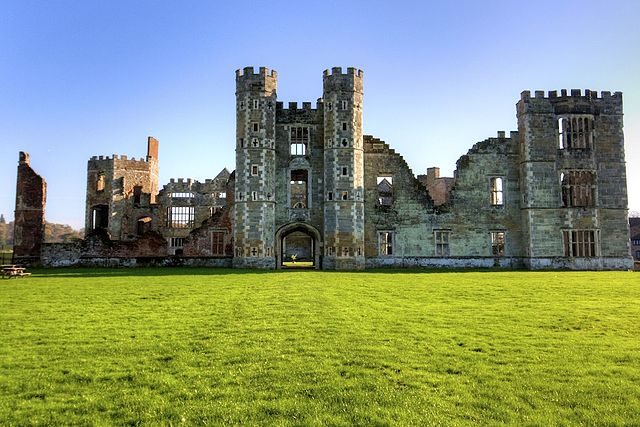
The roofless shell, colored in grayish shades by the passage of the time, is nestled between the vast green of the tress and grass, and the endless blue sky. The immense Cowdray Estate is located near the town of Midhurst, England, on the north side of the charming River Rother.
It is believed that it was the finest house in the County of Sussex and one of the most significant houses built in the Tudor architectural style in Southern England. Many were enchanted by its grandeur and some even put it in the same list of the most beautiful palaces of the era.
Among the many who visited Cowdray House in its heyday were King Henry VIII and Queen Elizabeth I.
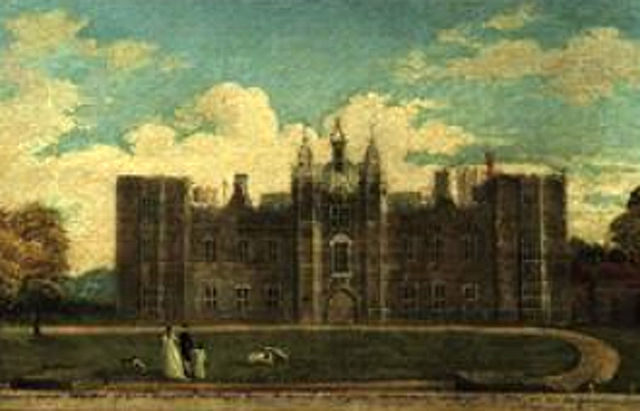
The property was given to a Norman noble, Savaric, in 1106 by King Henry I. In 1284, his descendant, Sir John de Bohun, constructed a family house. He named it Coudreye which means hazel woods in Anglo-Norman.
The property came into ownership of Sir David Owen, the granduncle of King Henry VIII, in 1496, through his marriage to the female heir of the de Bohun estate. In 1520 he knocked down the old house and built a new one, which he named Cowdray. After the death of Owen, the house went in the hands of Sir William Fitzwilliam.
In 1538, during the Dissolution of the Monasteries, Sir William’s half-brother, Anthony Browne, was given Battle Abbey. It is believed that that day a monk from the abbey cursed the family.
Later Sir Anthony Browne, the son of Anthony Browne, inherited the house and in 1554 became the 1st Viscount Montague. In 1595 the 2nd Viscount Montague wrote the Book of Orders and Rules, which vividly describes the functioning of the grand manors of the era.
In 1605 he was imprisoned, because of a possible involvement in the Gunpowder Plot of 1605. Guy Fawkes, one of the conspirators of this plot to blow up the Houses of Parliament and assassinate the king of England, was butler here.
The house survived the days of the English Civil War, although the property was seized by the Parliament forces.
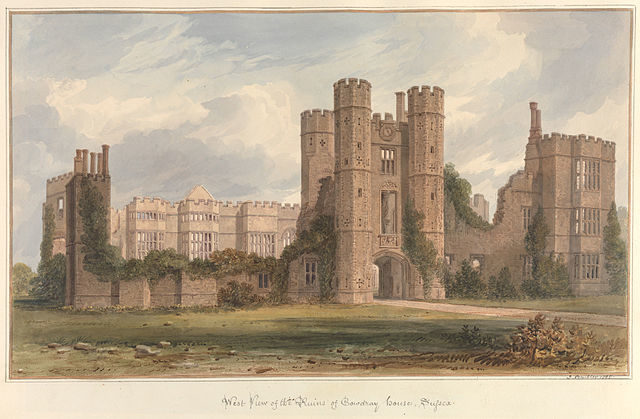
But it was seriously damaged by a devastating fire that happened on September 24, 1793, while the house was undergoing a huge renovation in preparation for the planned wedding celebration of the 8th Viscount Montague to the daughter of the Countess of Guildford.
Many of the family members moved out during the renovation and workers came in. The fire was accidentally caused by careless artisans who forgot an open fire during the reconstruction work. The roof and much of the interior were gone forever.
The extravagant furniture and more than two hundred priceless paintings from maestros like Holbein, Rubens, Van Dyke, and Raphael, and many other splendid works of art became ashes too. It was reported that artifacts from the period of the Norman Conquest, including the coronation robe and the sword of William the Conquer, were swallowed by the flames that tragic night.
Some of the few items that survived the fire were stolen, like the metal parts from the roof.
To make the tragedy absolute, some of the valuables were left to rot on a open air. According the notes of a local schoolboy from 1834, many of the books of the great library collection could be still found in the ruins 40 years after the tragedy.
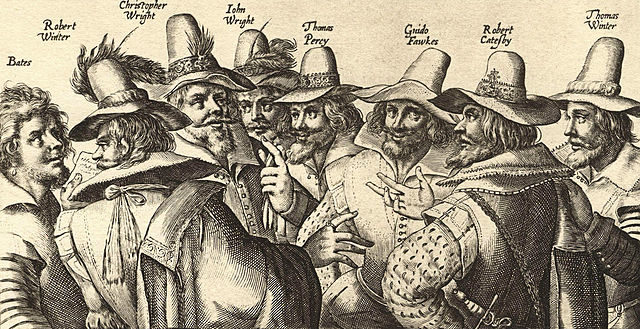
After the fire no initiative was made in order to rebuild the house. It was left to crumble and the invasive ivy only sped up the decay. The ruins were carefully cleaned and preserved in the first decade of the 21st century and today are open to public.
The site now proudly and silently tells the life and the daily routine of the English nobility in the 16th century. The surviving parts also very clearly demonstrate the construction techniques from the 15th century and 16th century.
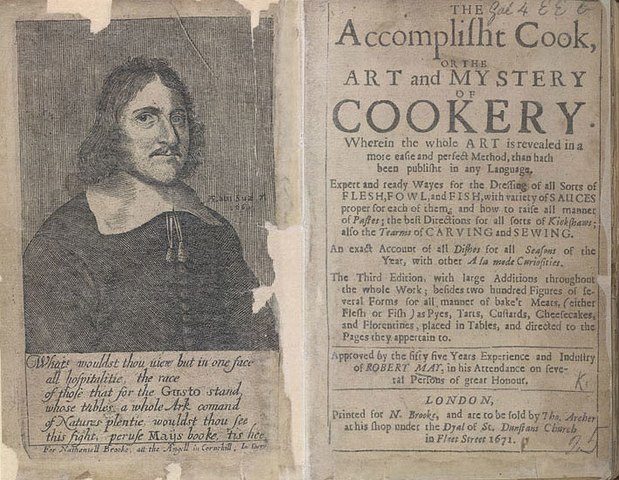
The only part that was left intact by the fire was the kitchen. It survived because of its massive walls that had been constructed in such a way as to prevent the possibility of a dangerous fire in the kitchen from spreading over the entire house.
Ironically, its walls saved it from destruction from a fire that started in the house. Today the original ovens and spits can be seen. It is worth mentioning that Robert May, a famous English professional cook and author of the 1660 cookbook The Accomplisht Cook (the first crucial book of English recipes), worked there.
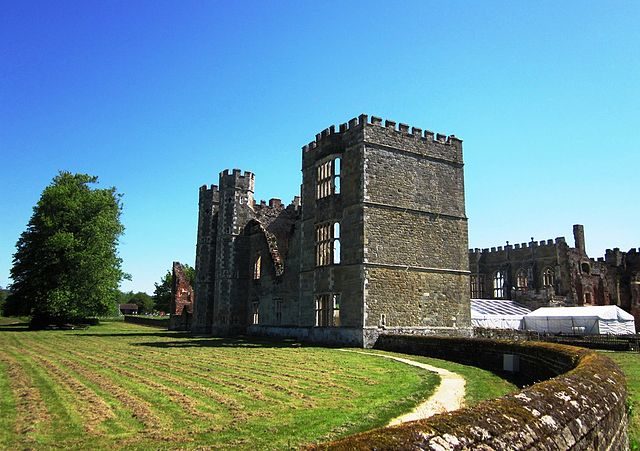
One thing that makes the story of the house more fascinating is the curse that was supposedly put on the family in 1538. According the popular belief, when Battle Abbey was granted to the family, one monk cursed them to suffer “by fire and water” in future.
And few weeks after the devastating fire, the 8th Viscount Montague died tragically in Switzerland in the waters of the Rhine Falls.
His body wasn’t found. The property passed to his sister’s two sons, but later in 1815 they both died by drowning, leaving the family without male heir. Tragedies that happened because of the cursе, or only coincidences?
